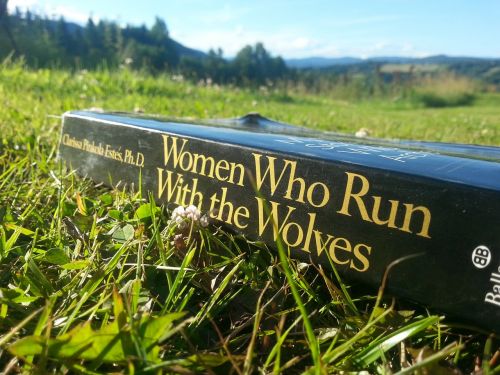Menchaca Martínez Jessica
Referencias
Carr, W., y Stephen, K. (1988). Lo teórico y lo práctico: Nueva definición del problema, En: Teoría crítica de la enseñanza. La investigación acción en la formación del profesorado (pp. 116-141). España: Martínez Roca. Recuperado de: http://leip.upnvirtual.edu.mx/mod/resource/view.php?id=5870
Concepto de teoría y práctica
To name your story, you have to think about the overall message and what you want your audience to understand from the story. Also, make it relevant and easy to remember.
Relación teoría-práctica
The ending of a story is essential. We all know that if the ending is weak, what happened before loses its importance. So make it unpredictable, but fair. A resolved ending answers all the questions and ties up any loose threads from the plot.
complementarse
buscando
resolución de problemas prácticos
fundamentarse en la práctica
teorías sustantivas
requiere de objetividad
para
valorar críticamente las teorías
perspectiva de investigación
que sea interpretativa y científica
La teoría educativa
se encarga de
valorar conceptos, creencias, supuestos y valores
se producen entre lo uno y lo otro
puede tener problemas de implementación
referencias teóricas
This is the closure section of the story.
See examples of possible outcomes below:
- all problems have been solved
- it's clear how each one of your characters ends up
- your main character is transformed by the challenge
existen creencias y concepciones previas
This is the moment when the main character surpasses the last obstacle and finally faces their greatest challenge.
The climax usually follows one of these patterns:
- realization
- resolution
- choice
Type in your answer.
se pueden presentar
incongruencia entre la teoría y la práctica
Actividades teóricas y prácticas
The middle of the story is where you add layers of complications that will lead to the end. Reveal more about the character's journey. Did their personality go through changes? How did they overcome the challenges? And as you build up the story’s central conflict, make it more personal to that character. Also, from the middle act, you have to lead into the final act.
PRÁCTICA
resuelve problemas educacionales
Interpretativa y práctica
TEORICA
There wouldn't be any tension and excitement in your story if there weren't any obstacles in your character's way.
es
colabora a un objetivo común
Positivista y técnica
ciencia de la educación
In the beginning of the story (or the exposition), you will need to introduce the setting and characters. You might also want to introduce the main conflict. This part of the story is important because it gives the reader necessary background information and maybe even a first insight into a character’s personality.
INVESTIGACIÓN EDUCATIVA
Characters are essential to a good story. Usually, the protagonist(s) is/are the most affected by the plot. Introduce a character by focusing on their actions, interests, and occupation, as the physical appearance doesn't make a difference in most cases.
rasgos
Type in the name of your character.
puede ser mejorada, corregida y aconsejada
capacidad para resolver problemas educacionales
Add other properties of the character.
carácter educativo de la investigación
What is your character's main goal?
fight Evilfind lovedefeat his/her enemyrule the worldmake friendstime travelmake an awesome discoveryOther
campo práctico
Which traits best describe the character's personality? Choose more if necessary:
introvertedloyalkindindependentquick-thinkingadventuresomeidealisticsweet-naturedcalmrisk-takercreativewittystrictfussyweirdclumsyharshaggressivecarelessclingingcowardlycrueldeceitfulimpulsiveOther
campo concreto de indagación
Choose the type of your chacter:
Protagonist (main character)Antagonist (main character's opponent)Flat (stereotypical character)Round (his/ her personality develops throughout the story)Static (doesn't evolve as a person throughout the story)Dynamic (dramatical change in personality)Confidant (the main character trusts him/ her)Foil (contrasting character who enhances the personality of another character)Other










